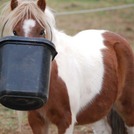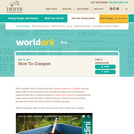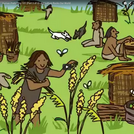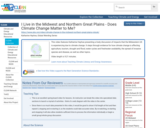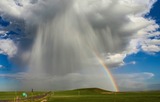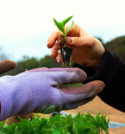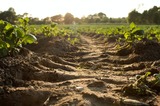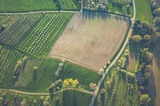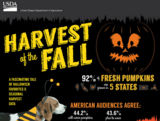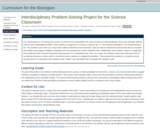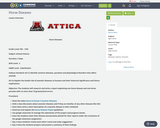
Horse Diseases Grade Level: 9th - 12thSubject: Animal ScienceDuration: 3 daysDOK Level: 2SAMR Level: Substitution Indiana Standard: AS-3.3 Identify common diseases, parasites and physiological disorders that affect animals AS-3.4 Explain the health risk of zoonotic diseases to humans and their historical significance and future implications Objective: The students will research and write a report explaining one horse disease and one horse parasite with no more than 10 grammatical errors.Procedure: Show the video Horse & Human Crossover DiseasesHold a class discussion about zoonotic diseases and if they are familiar of any other diseases like thisHave them write a short description of a zoonotic disease in their notebookHand out and explain the Horse Disease Project guidelinesUse google classroom to manage the submission of the project and progress checks.Have the students claim their disease and parasites picked for their reports under the comments of the google classroom assignment. Day 2 Have students review each other's work and make suggestionsDay 3 Have the students prepare and present a summary of their findingsProduct or Assessment: The students will be graded on the feedback they give their peers, written report, and the verbal summary.
- Subject:
- Agriculture
- Material Type:
- Lesson Plan
- Author:
- Macon Beck
- Date Added:
- 07/14/2017


